Catacomb Catholicism in Practice
© Copyright 2011, T. Stanfill Benns (This text may be downloaded or printed out for private reading, but it may not be uploaded to another Internet site or published, electronically or otherwise, without express written permission from the author.)
Introduction
Many people have asked us who we are and what we believe — why we are so different from others who today call themselves Catholic. In order to explain, it is necessary to revisit history.
In October 1958, Pope Pius XII died. A man by the name of Angelo Roncalli (John 23) was then elected to replace him. Roncalli called the “second Vatican Council,” and he and his successor Giovanni Montini (Paul 6) made many invalid, unlawful and unwanted changes in the Catholic Church. Over half of those who were once Catholic did not accept these changes and left the Church, never to return. Many priests and nuns also left. Some determined and loyal Catholics made many attempts to secure churches from Rome and requested permission to keep the Latin Mass, but their requests were ignored and they were even mistreated and tormented in many cases. Eventually the Latin Mass was forbidden and a new church service, very Protestant in nature was introduced as Catholic. The rites of the Sacraments were all revised and the catechisms rewritten to introduce “new” dogma, when the Church can never change her dogmas or traditions. Many terrible abuses arose from all these modernizations and changes, most noticeable among them the horrific cases of sexual abuse, reports of which began emerging in the late 1960s.
The most objectionable of all the new teachings that came out of “Vatican II” was ecumenism. Ecumenism teaches that all religions are basically the same and must work together to achieve common goals. This teaching is known as religious indifferentism, and the Catholic Church has always taught that it is a grave error. Since the true Church has always taught that Her popes are granted a special gift from God which prevents them from making any kind of error when teaching the faithful, true Catholics soon began to realize that the men who presented themselves as pope after the death of Pope Pius XII could not be true popes, since they taught and continue to this day to teach error. Nor could the council they called to destroy the Church be a true council, since only true popes could call a true council, and a true council could never consent to error either. This may sound bizarre to those who do not know Church history, but antipopes have ruled the Church before. Many great theologians writing for the Church in ages past even warned that there would come a time when the Church would undergo a terrible crisis of faith and seem for a time to disappear. We believe we are living in those times today.
For awhile, some priests were able to provide the faithful with the old Latin Mass and the old rites of the Sacraments. They offered services on a circuit-riding basis, saying Mass in homes, hotels and in renovated churches where this was possible. But now nearly all of these priests are dead. There are no longer any valid bishops who can create more priests in the true rites of the Church. We believe these bishops exist somewhere, probably in hiding, incognito in Communist countries, or in remote areas. We await their return patiently. But in their absence we find ourselves much in the same situation as those who lived in the Catacombs near Rome in early Christian days, and more recently those forbidden to practice their faith in Communist countries, who openly referred to themselves as “The Catacomb Church.” For a time, some Catholics attempted to follow lay leaders or priests converted from the new church in Rome. For the most part nearly all were conned out of their money, treated badly and experienced many other difficulties. Some were actually sucked into cult-type groups and subjected to thought control, rigoristic religious excesses and isolation tactics.
Eventually a core group survived these misadventures and resolved to practice their faith at home without benefit of any leader save the head of the family. This is how the Church survived in England and Ireland during the persecutions that accompanied the Protestant Reformation, in France during the French Revolution when their priests were exiled, in Japan during the persecutions in the 1800s, in the American Southwest in the mid 1800s and in Communist countries. It is actually a well-recognized alternative to organized religion today among people of many faiths, as described in the 1997 book, “The Church Comes Home,” by Robert and Julia Banks. In the preface to their book, the Banks describe a “home church” as “a kind of extended Christian family that involves singles, marrieds and their children. It meets regularly to develop a communally shared Christian life, relate each other’s faith to everyday life and to deepen each member’s relationship with God.”
So even Protestants are familiar with the concept, but the reasons many non-Catholics turn to home worship is more about dissatisfaction over church leadership and the desire to innovate where ritual and practice is concerned; seldom is it about the violation of their faith. Catholics worshipping in the privacy of their homes, however, rely entirely on set rituals established by the Church prior to October 1958 and follow all the teachings set down by the entire line of popes from St. Peter to Pope Pius XII. If they do not, then they are among the non-Catholics described here who attend a home church. Catholics faithful to doctrine and practice are not just dissatisfied with their leaders; they cannot follow them and continue to remain members of the Church. For Catholics it is about remaining true to Church teaching and their form of worship, not picking and choosing rituals or what they will believe.
To distinguish themselves from “home church” Protestants and align themselves with the persecuted Church of early times, also to indicate spiritual union with the Catholic faithful who suffered persecution at the hands of the Communists, some Catholics keeping their faith at home today prefer to be known as Catacomb Catholics; others call themselves recusants or simply tolerate the term assigned to them by their critics — “homealoners.” In this they follow the practice of Catholics throughout the centuries who in order to keep the faith alive in the absence of valid and licit clergy, took on all the duties of the clergy that did not involve actual celebration of Catholic worship and the official administration of the Sacraments. This they do with the direct permission of the last true pope, Pius XII. They worship on Sundays and Holy Days, say daily prayers and perform spiritual exercises. Their mission on earth is to apply what they believe to the affairs of everyday life. Many home school their children, but in the present circumstances Catholics often are forced to send their children to public schools, in which case certain precautions must be taken.
What do Catacomb Catholics believe?
Catacomb Catholics not affiliated with the new church in Rome or with Traditionalists attending Mass and receiving Sacraments outside Church law and teaching believe everything that the Church taught, as it was taught and believed in the 1950s. We do not have access to a pope, bishops, priests or religious, but we pray that someday the Church will be restored and they will exist once again, since our Lord promised to be with His Church until the end of days. We believe everything that the popes taught in the past and do our best to learn and practice these things. Among the things our popes have taught is a love of prayer, the importance of being faithful to our vocation in life and our daily duties, the obligations husbands and wives have to each other and to the Catholic upbringing of their children, the permanence of marriage, the evils of divorce (although separation and divorce have always been allowed by the Church for good reasons), the immorality of euthanasia, abortion and birth control, also the evils of sex before marriage and the absolute importance above all of remaining true to all the perpetual teachings of our faith.
In politics the Church has always been neutral despite the beliefs of many to the contrary, although she absolutely condemns Liberalism, Modernism, Socialism, Communism and modern-day perversions of democracy. Catholics are encouraged by the popes to live peacefully among their neighbors of different faiths in every land, obey all the civil laws, refrain from any sort of anarchy and rebellion, tolerate the beliefs of their neighbors without compromising their own beliefs, and to participate actively in community life. The popes prior to the “Vatican II” era always held out hope that America would continue to remain the last bastion of true religious freedom. The Church has always taught the importance of preserving Catholic rights to worship freely, to educate their children in the faith and to propagate their faith; of paying workers a living wage; the importance of owning private property and the right to do with one’s property as they see fit within the limits of just laws; the right of women to be able to own property and operate their own businesses, also to be treated equally in the working world; the sinfulness of racial discrimination and the obligation of all Catholics to help the less fortunate among their neighbors.
Catholic teaching on marriage and childrearing
Catholics are expected to marry fellow Catholics whenever possible but may also marry those of other religions and even those who have not been baptized. The Church allows this only in emergencies, as stated by Rome in a special permission handed down in 1949 for those living under Communist rule in China. Catholics are expected to always set a good example for those partners who are new to the faith or who they hope to attract to the faith. Marriage ceremonies are held privately by completing a form used by Catholics when no priest is available and by reciting wedding vows taken from the traditional Catholic marriage ceremony. Catacomb Catholics do not evangelize; they believe that the faith is one of attraction and should not be forced on anyone. The popes have always taught that no one is to be forced into the Church against their will and the Church does not even approve of baptizing the children of other faiths unless they are in immediate danger of death. True Catholics believe in abstinence before marriage. They do not believe in abortion or artificial birth control, although natural family planning is allowed for good reasons. They do not believe in sterilization or in allowing hysterectomies without a serious, health-related reason. Children are baptized by family elders shortly after birth and parents are encouraged to raise their children in a loving and calm atmosphere, free from strife and bad influences. Corporal punishment is neither encouraged nor forbidden, but if used it is to be administered within the boundaries of faith and reason. Parents are cautioned by the Church never to discipline when angry.
Children are to be raised chastely and are not to be allowed to run around unclothed, nor are parents allowed to undress before their children or bathe with them. Children of the opposite sex are not to be allowed to bathe or sleep together, nor should they sleep with parents. Parents are exhorted to keep a close eye on their children at all times. From a young age children are encouraged to dress modestly. For everyday wear, girls are not forbidden to wear slacks, but low cut tops and clinging garments are considered immodest. One-piece bathing suits decently cut are preferred to two-piece suits, (but bikinis are not allowed). Girls are required to wear dresses below the knee and sleeves below the elbow to church; boys are to wear suits or at least slacks, and a dress shirt/tie. Modesty in speech and comportment is just as important as modesty in dress. Outside these requirements, children are expected to be children, to be loved and shown physical affection, to tear and play, to laugh and cry when upset, to learn through their mistakes and to try the patience of their parents. But they also are expected to obey, to help with chores, to devote sufficient time to their prayers and studies, especially of religion and to show their parents respect — and parents are exhorted to set the good examle that makes them worthy of such respect. As they enter late adolescence and young adulthood, opposite sex relationships are not discouraged as long as chastity can be maintained. Dedication to school and religious studies and achieving maturity are stressed as priorities before entering long-term relationships.
Practices on Sundays and Holydays
On Sundays and holydays (six annually in the U.S.), Catacomb Catholics gather before home altars or in their living rooms before a crucifix or holy picture, dressed for Sunday services, just as they would if they were actually going to church. The father of the family or any other older male, a younger male if necessary (or even a woman, in the absence of a male) may lead the services. These may be tailored to the needs of each family and ordinarily consists in reciting the entire Latin Mass prayers in English (or a shortened version of the Mass prayers — Mass of St. John), and/or reciting the Rosary. This is followed by reading the Gospel and Epistle, (taken directly from Holy Scripture), then a sermon from some work printed before 1959. The Act of Contrition (replacing Confession) and Spiritual Communion (in the place of Holy Communion) follow. Hymns are usually sung and closing prayers may be said as desired. All this usually takes no more than an hour. These prayers should be said in the morning beginning on the hour but can be said at any time of day according to the particular schedules and needs of each family or group. During these services no one is allowed to speak of their own accord; only liturgical sources approved before October 1958 are used.
Later in the day, adult and children’s catechism can be studied and taught and religious discussions held. Many choose Sundays and holydays to visit local religious sites or to do charitable works. Spiritual reading of one’s own choice (but selected from approved sources) also is encouraged. Catholics do not perform any servile work on Sundays except that which is necessary unless special needs demand it. Those engaged in occupations where Sunday work is unavoidable are excused. As has been the practice of the Church since ancient times, during the week Catholics are advised to say morning and evening prayers each day, daily family rosary when possible, and to examine their consciences and ask forgiveness for any sins at the end of the day.
Conclusion
Devout Catacomb Catholics are quiet about their beliefs and moderate in their views when it comes to dress and courting. They are trained always to give good example. They follow the laws and teachings of their Church and the Ten Commandments. They keep Sundays and special feasts holy. They study their faith on Sundays and throughout the week. They strive to become good citizens and good Catholics. They obey the civil laws. They keep a good work ethic. They behave in a moral and ethical manner. While many fall even into serious sin, they struggle to rise and begin over again. They are taught to rise promptly from these falls, beg God and those they have harmed for forgiveness, to refrain from excessive self-blame and to avoid the near occasions which caused the sin in the first place, but to never doubt that God in his mercy will forgive them if they do penance and amend their lives. Their ultimate goal is heaven, and their earthly goal perfection to the best of their ability. Their spiritual method is the via media or middle way, to avoid laxity on the one hand and over zealousness. also rigorism, on the other hand. Their fervent hope is that one day they may return to the visible Church they knew and loved, to experience the joys of community worship once again. Until then they wish only to be allowed the freedom to worship their God in private and to do what they can to survive spiritually.
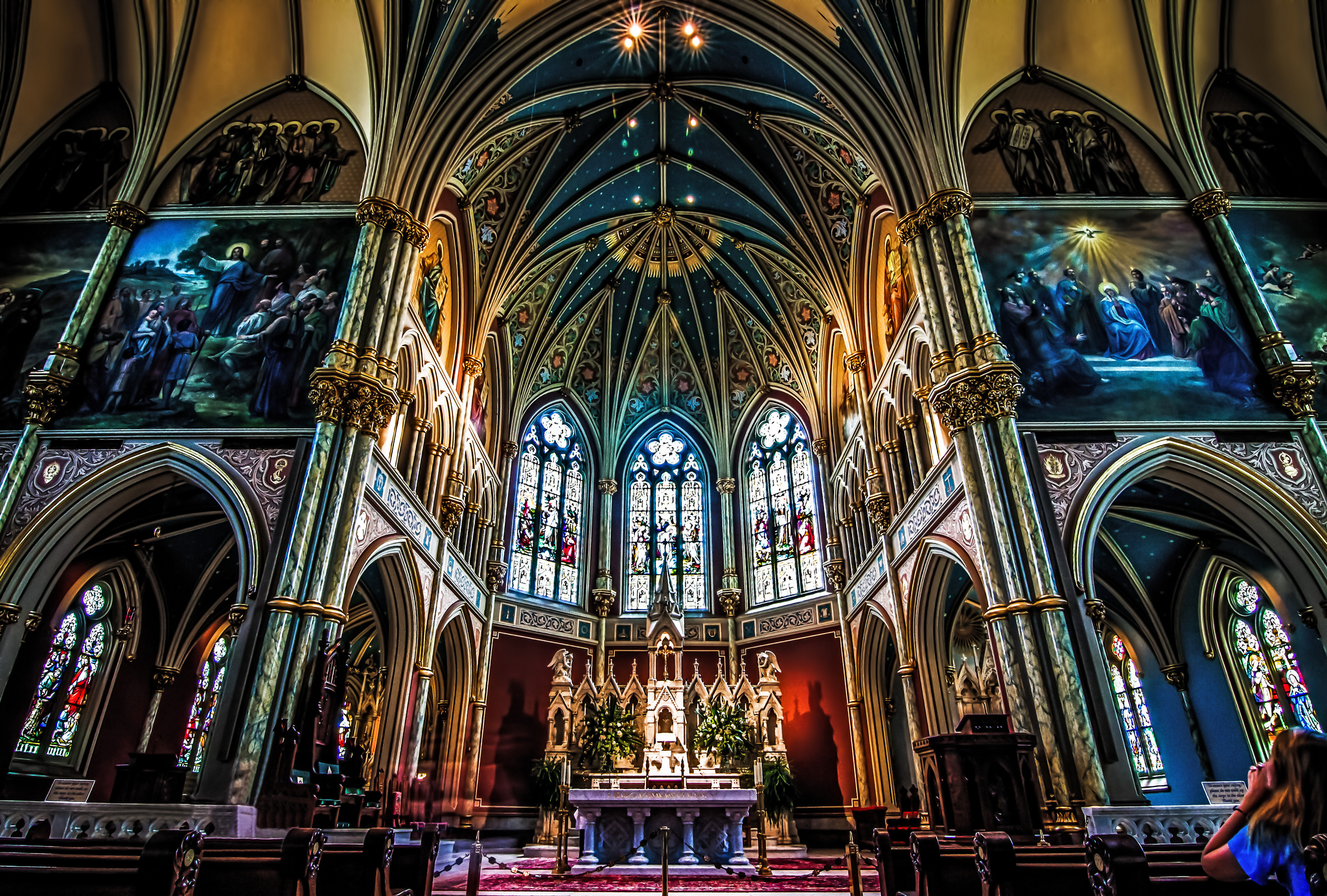
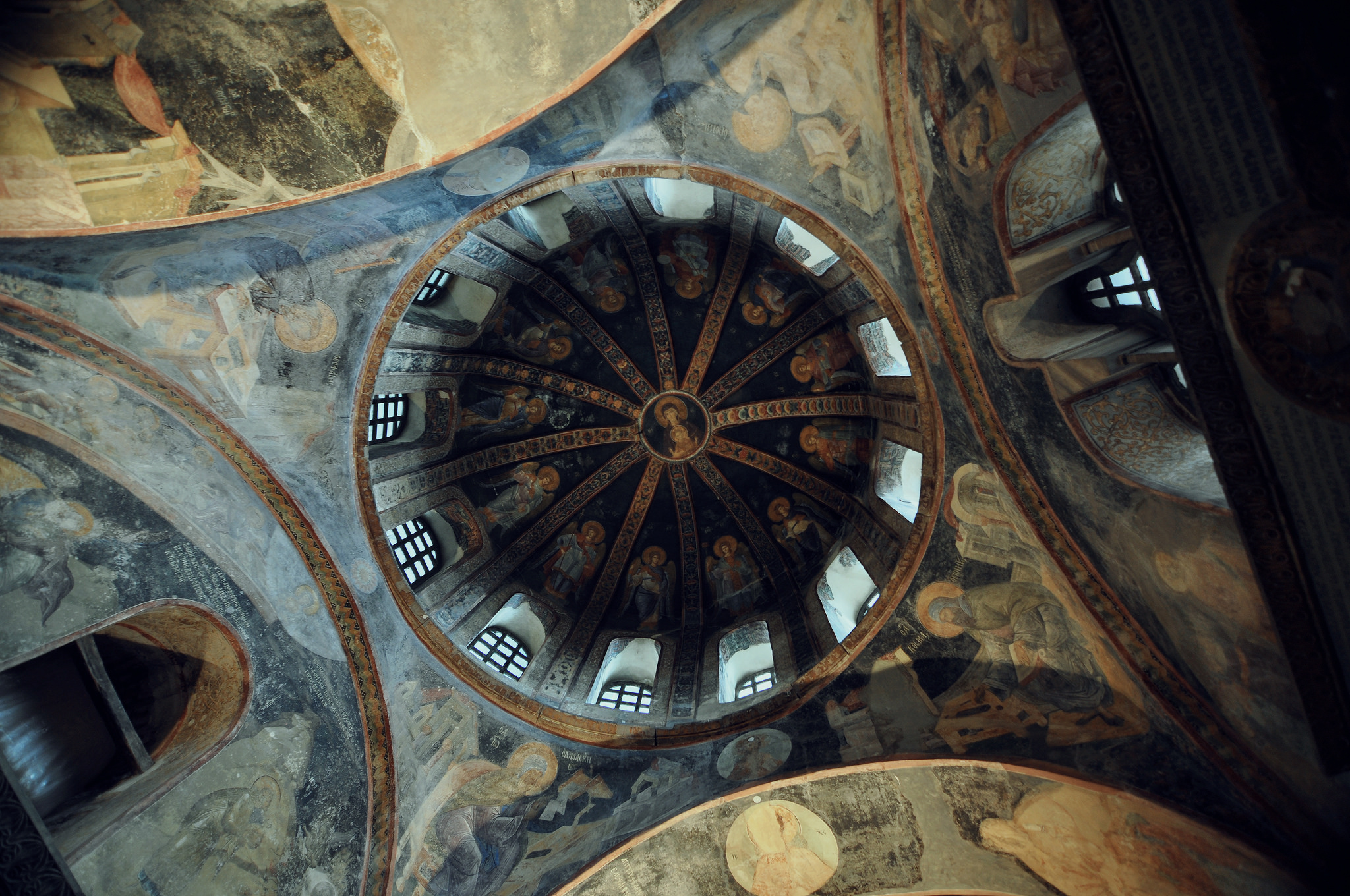
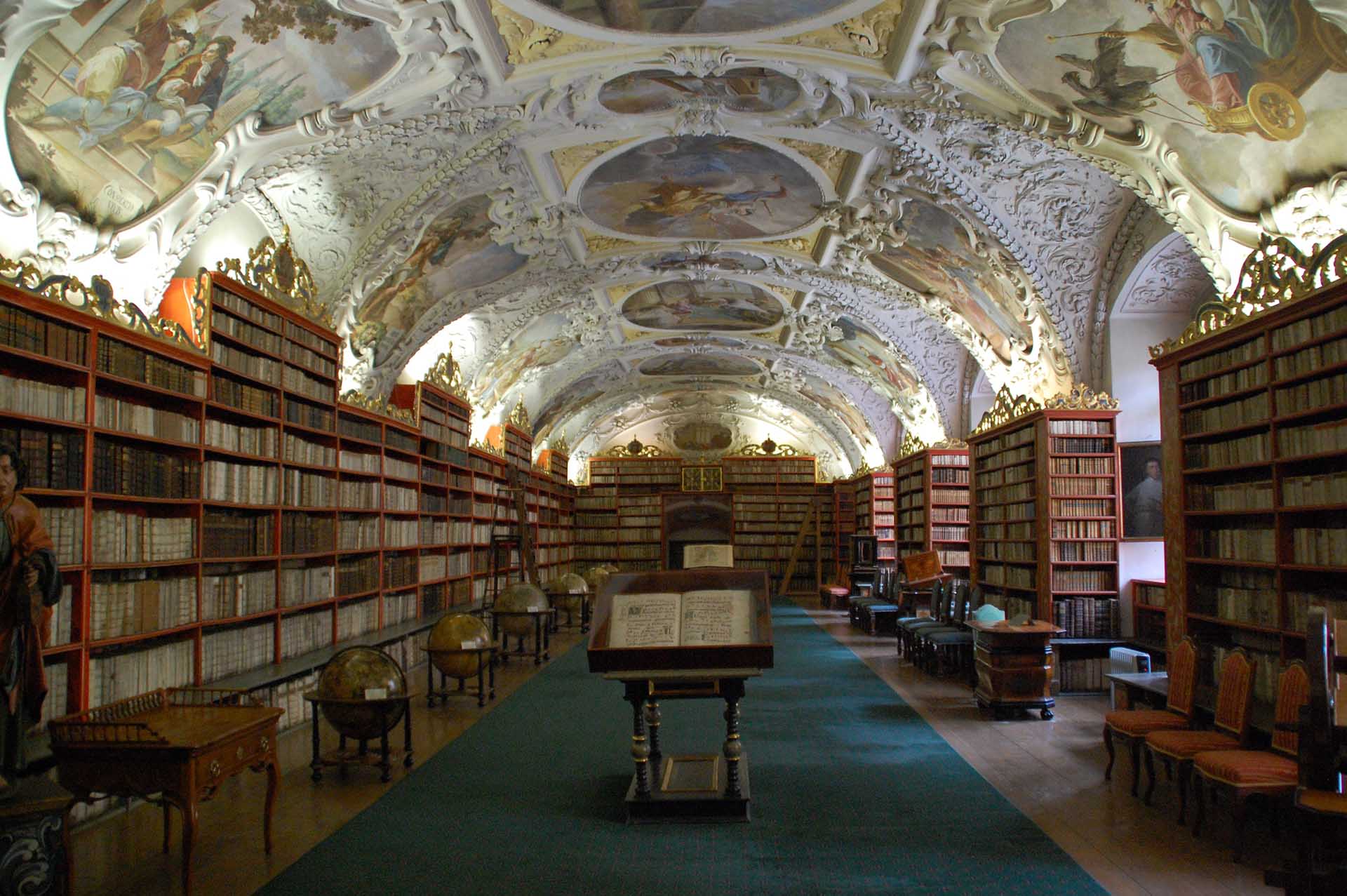
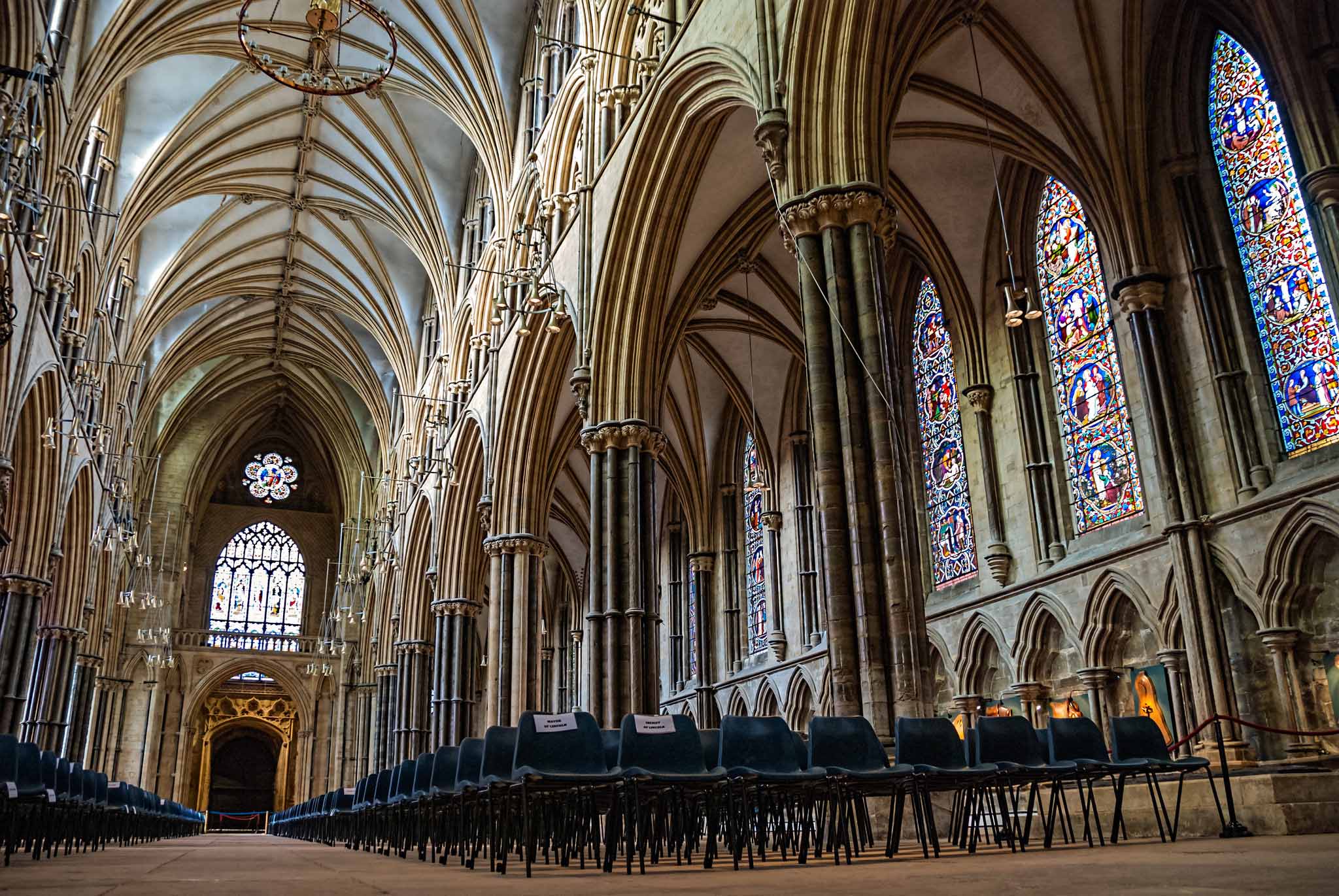
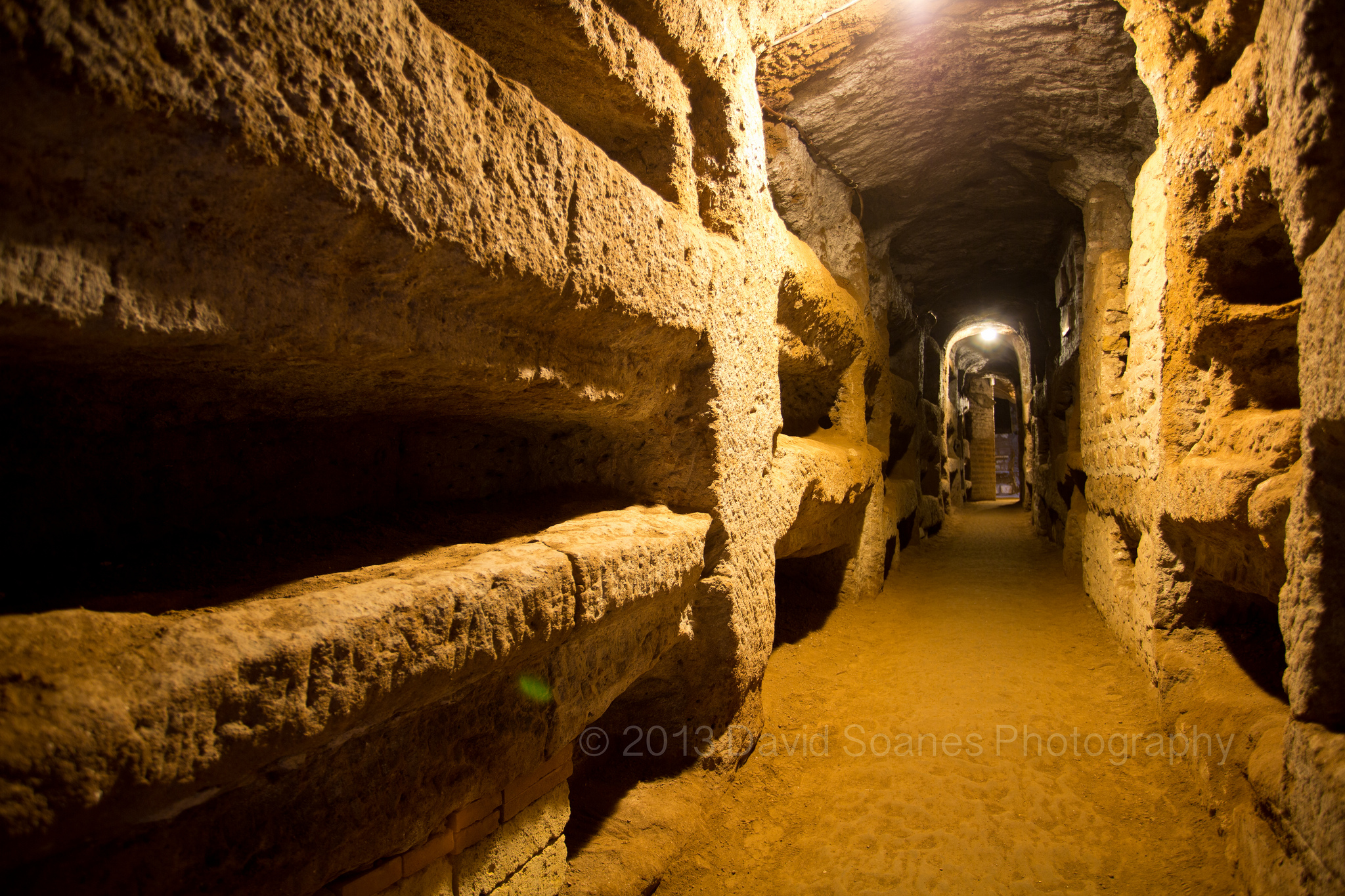

This site resonates with me.
me too!